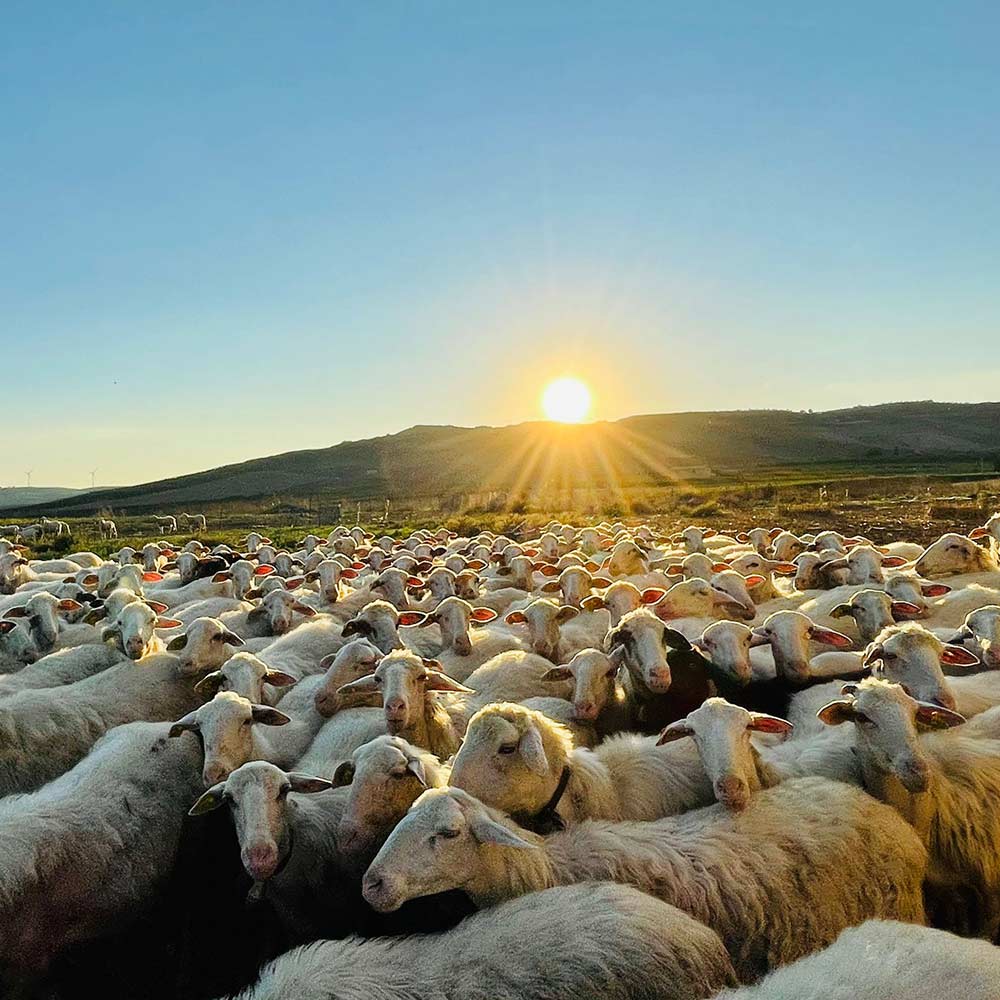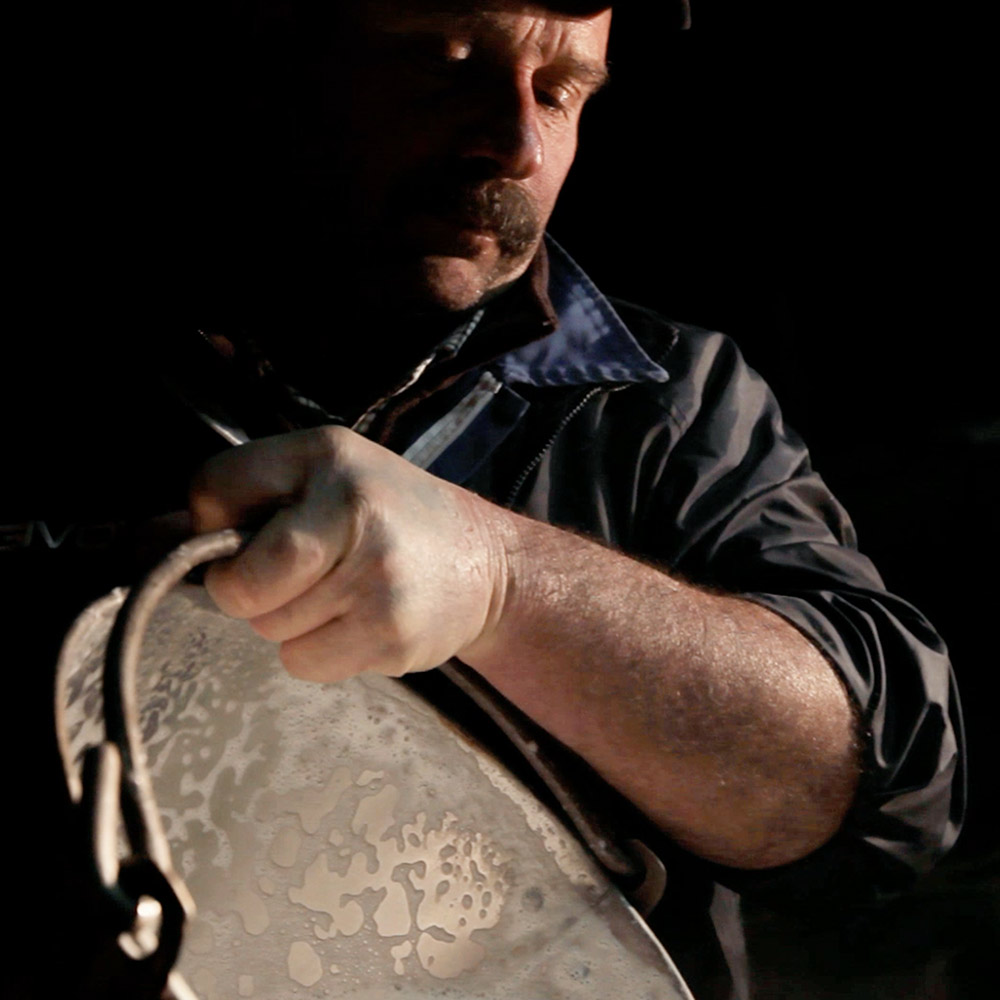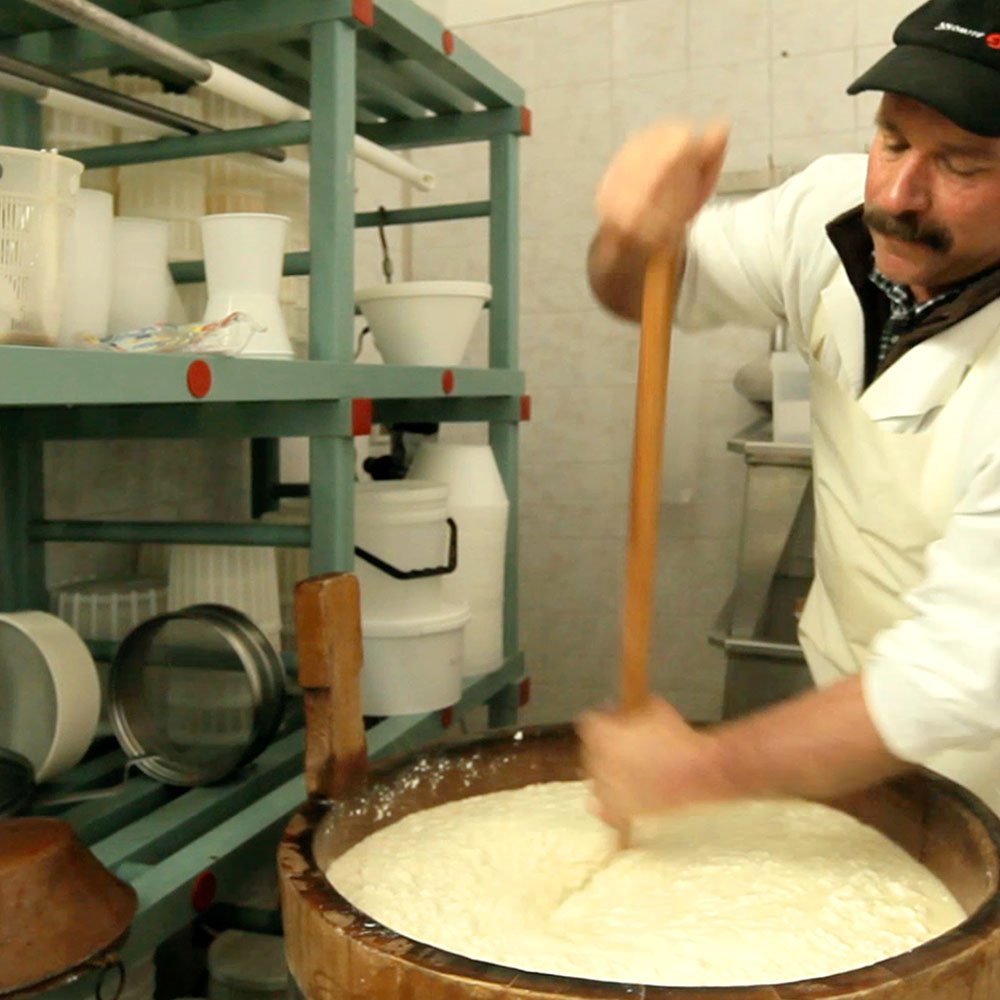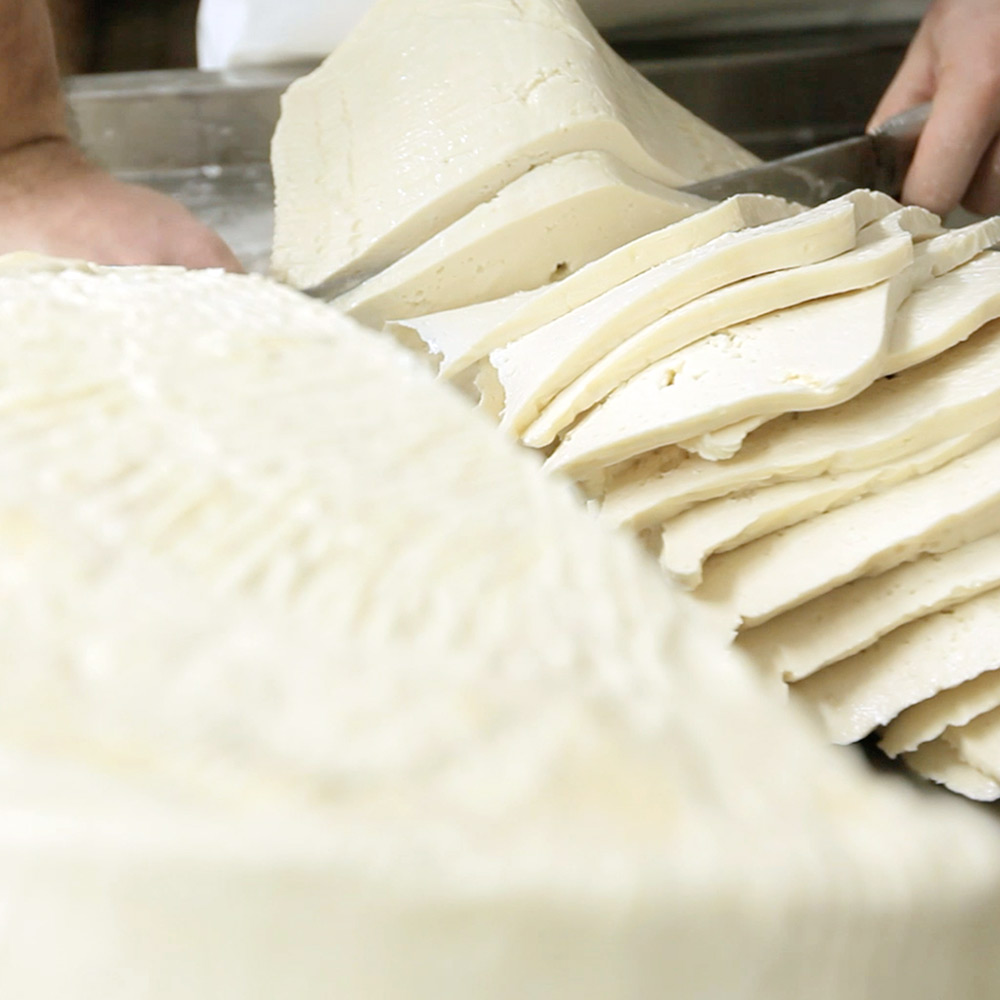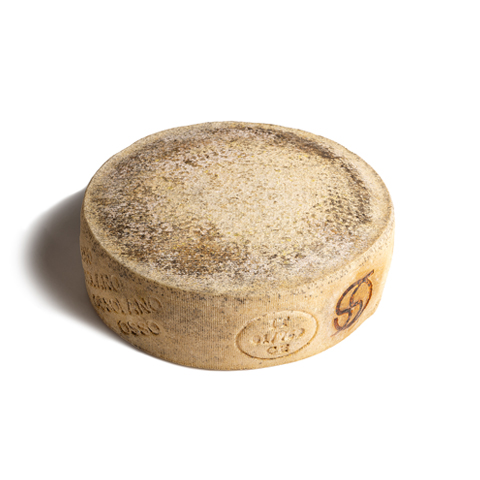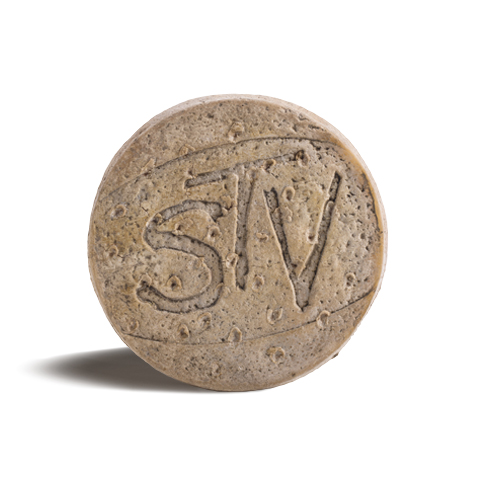Description
It was an old Sicilian cheese maker who, while processing the milk of his sheep to make cheese, put the curd into reed baskets. When the milk began to turn sour because of the heat, he tried to remedy the problem by soaking it in hot water. Thanks to this particular technique, the curd began to stretch and then, when he placed it on a plate, it took on its characteristic “focaccia” shape. This is how the first Vastedda della Valle del Belice cheese was born. This valley has a very long tradition of sheep farming, especially for the production of cheese, among which Vastedda is particularly notable.
It was usually made between June and September and was often found in traditional rural festivities, such as the wheat harvest, the grape harvest, etc. The cheese-making tradition, in terms of methods and timing, has remained virtually unchanged: the sheep still graze in the meadows and are sheltered in pens that guarantee the animals’ complete wellbeing and consequently the best quality milk.
Vastedda della Valle del Belice PDO is still an artisan cheese, processed by expert cheese makers with extreme skill and professionalism, using traditional techniques and utensils made of wood and reeds. The Vastedda della Valle del Belice PDO production zone covers 18 municipalities in the provinces of Agrigento, Trapani and Palermo, in the region of Sicily.

